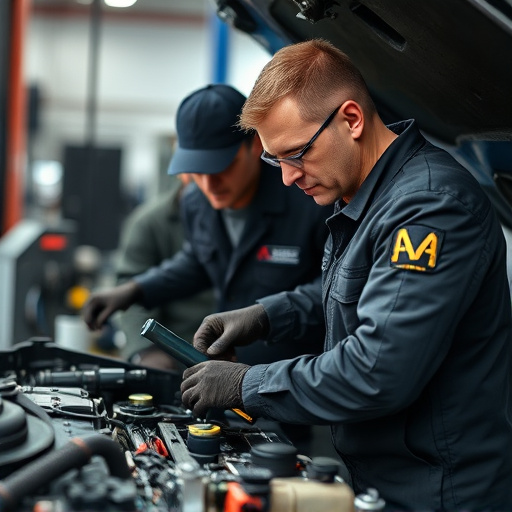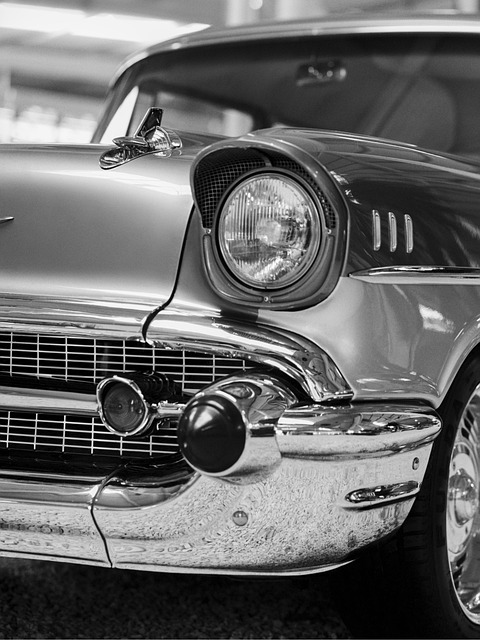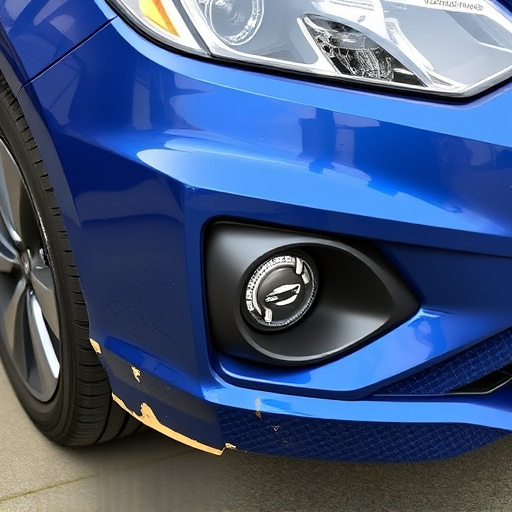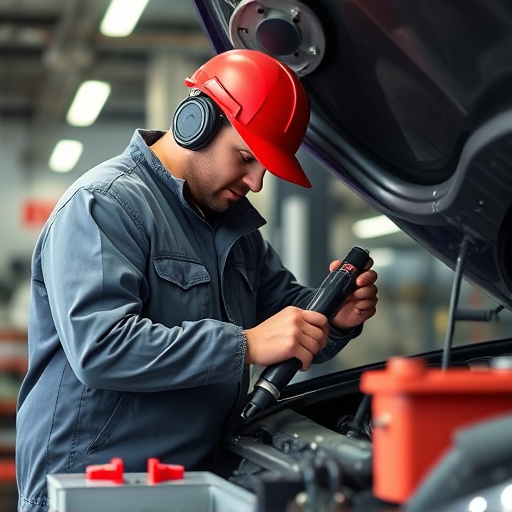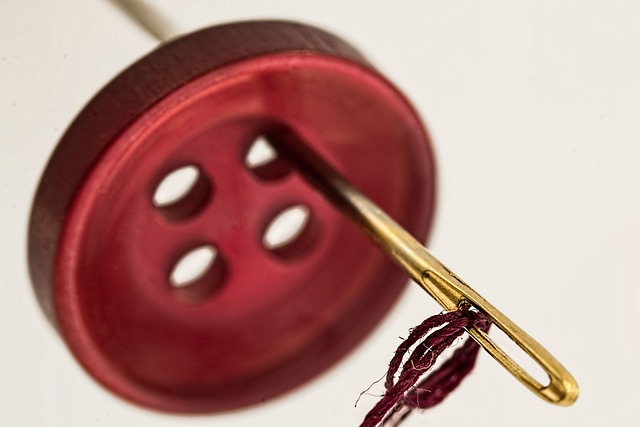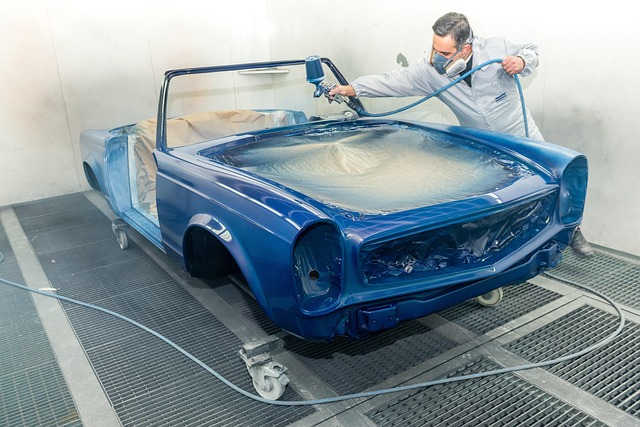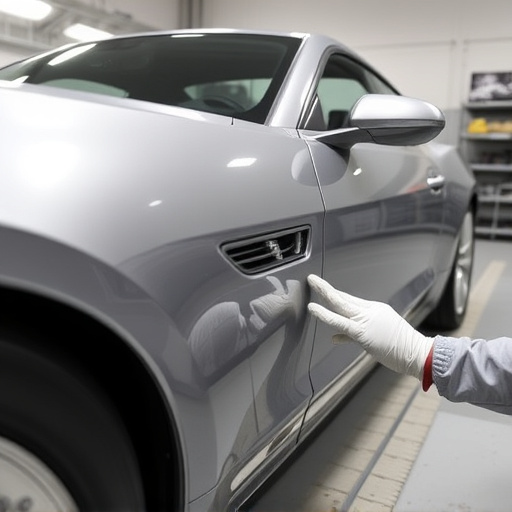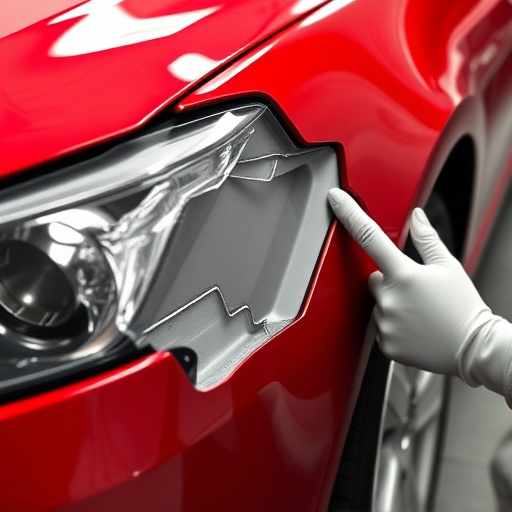Aftermarket auto glass offers improved performance, safety features, and customization over used glass, meeting or exceeding industry standards through rigorous testing and warranties. It provides better clarity, impact resistance, and structural integrity, with long-term cost savings due to reduced labor requirements and superior performance. Used glass may lack modern safety criteria and advanced features, while aftermarket options prioritize durability, UV protection, fit, quality, and driver visibility, ensuring superior safety and peace of mind.
When repairing or replacing your vehicle’s windows, choosing between aftermarket and used auto glass can be a tough call. This guide breaks down the key considerations. Discover the benefits of aftermarket glass—from enhanced quality and performance to its impact on safety and environmental sustainability. Learn about the factors to look out for when considering used options, and understand when aftermarket glass is the superior choice for your car.
- Understanding Aftermarket Auto Glass: Benefits and Quality
- Factors to Consider Before Choosing Used Auto Glass
- When Used Glass Falls Short: Cases for Aftermarket
Understanding Aftermarket Auto Glass: Benefits and Quality
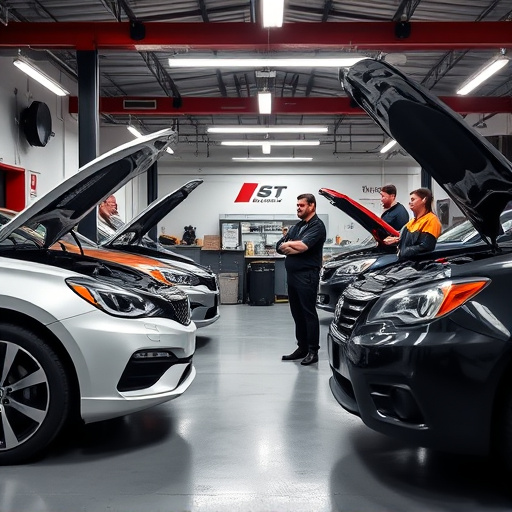
Aftermarket auto glass refers to replacement windows that are manufactured by companies other than the original equipment manufacturer (OEM). While used auto glass might seem like a cost-effective solution, aftermarket glass offers several benefits and quality advantages that often make it the superior choice for vehicle owners.
One of the key benefits is improved performance and safety. Aftermarket glass is designed to meet or exceed industry standards, ensuring superior clarity, impact resistance, and structural integrity. Unlike used auto glass, which can have inconsistencies in quality due to age and previous repairs, aftermarket glass undergoes rigorous testing and quality control measures. Additionally, these products are often backed by warranties, providing peace of mind for the consumer. In terms of customization, aftermarket glass offers a wider range of options in terms of styles, tints, and finishes, allowing vehicle owners to personalize their cars’ appearances while maintaining optimal visibility and safety. Furthermore, installing aftermarket auto glass can be more cost-effective in the long run, as it typically requires less labor and can result in better overall performance compared to used glass.
Factors to Consider Before Choosing Used Auto Glass

Before considering used auto glass for your vehicle, several factors should influence your decision. One of the primary concerns is the age and history of the glass itself. Used auto glass can come from various sources, including accident repairs or replacements that were not factory-original. It’s essential to inquire about its origin and condition, as older or damaged glass may not meet modern safety standards.
Additionally, used glass might lack the advanced features and technology found in newer aftermarket auto glass options. Aftermarket manufacturers regularly incorporate innovative designs for improved durability, impact resistance, and UV protection. These modern alternatives often provide a better fit, superior quality, and enhanced driver visibility, making them preferable for those prioritizing both safety and style in their car body restoration or regular auto maintenance routines.
When Used Glass Falls Short: Cases for Aftermarket
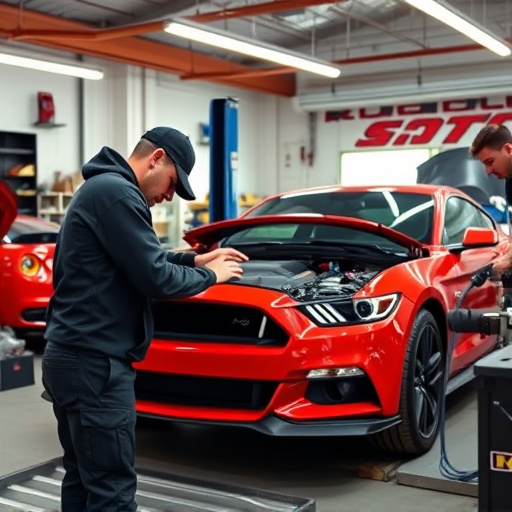
While used auto glass can be a cost-effective option for some car owners, it often falls short in terms of quality and reliability. Aftermarket auto glass offers several advantages that make it a superior choice in many cases. One of the primary concerns with used glass is its history; it may have been involved in an accident or undergone inadequate frame straightening and automotive body work, leading to hidden damage or structural weaknesses. These issues can compromise the safety and performance of your vehicle’s windows and windshield over time.
Aftermarket glass manufacturers strictly adhere to quality control measures, ensuring each piece meets or exceeds industry standards. This process includes rigorous inspections and testing to verify clarity, durability, and resistance to cracks and chips. Moreover, aftermarket glass is often designed with modern manufacturing techniques, incorporating advancements in materials science that improve impact resistance and overall performance. When it comes to vehicle restoration or enhancing safety features, aftermarket auto glass provides peace of mind and a level of protection that used glass simply cannot match.
When deciding between aftermarket auto glass and used auto glass, understanding the distinct advantages of aftermarket options is crucial. While used glass may seem like a cost-saving solution, aftermarket glass offers superior quality, ensuring better safety and performance. By considering factors like certification, warranty, and potential long-term savings on repairs, you can make an informed choice. Opting for aftermarket auto glass is often the smarter decision for peace of mind and reliable vehicle protection.
